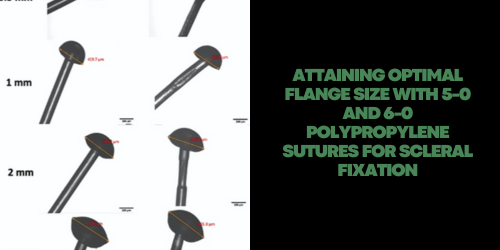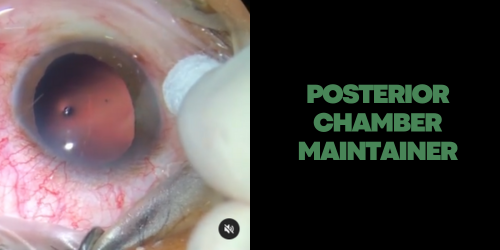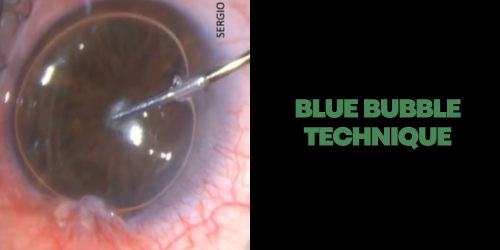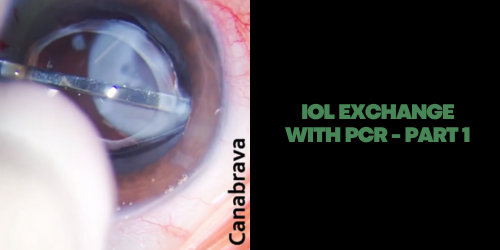Attaining optimal flange size with 5-0 and 6-0 polypropylene sutures for scleral fixation
Sinopse: A technique for achieving an optimal flange size with 5-0 polypropylene and 6-0 polypropylene used for flanged intrascleral intraocular lens fixation is described. Flange size in polypropylene sutures is dependent on heating length and independent of forceps grip during heating. It was identified that heating of 1 mm created the optimal flange size for a 5-0 polypropylene suture when used for a 27-gauge needle scleral tunnel and for a 6-0 polypropylene suture when used for a 30-gauge needle scleral tunnel. Alternatively, 2 mm heating of a 6-0 polypropylene suture fits well for a 27-gauge needle tunnel. Even gentle forceps grip caused flattening of the polypropylene sutures but did not influence shaping and sizing of the flange.








